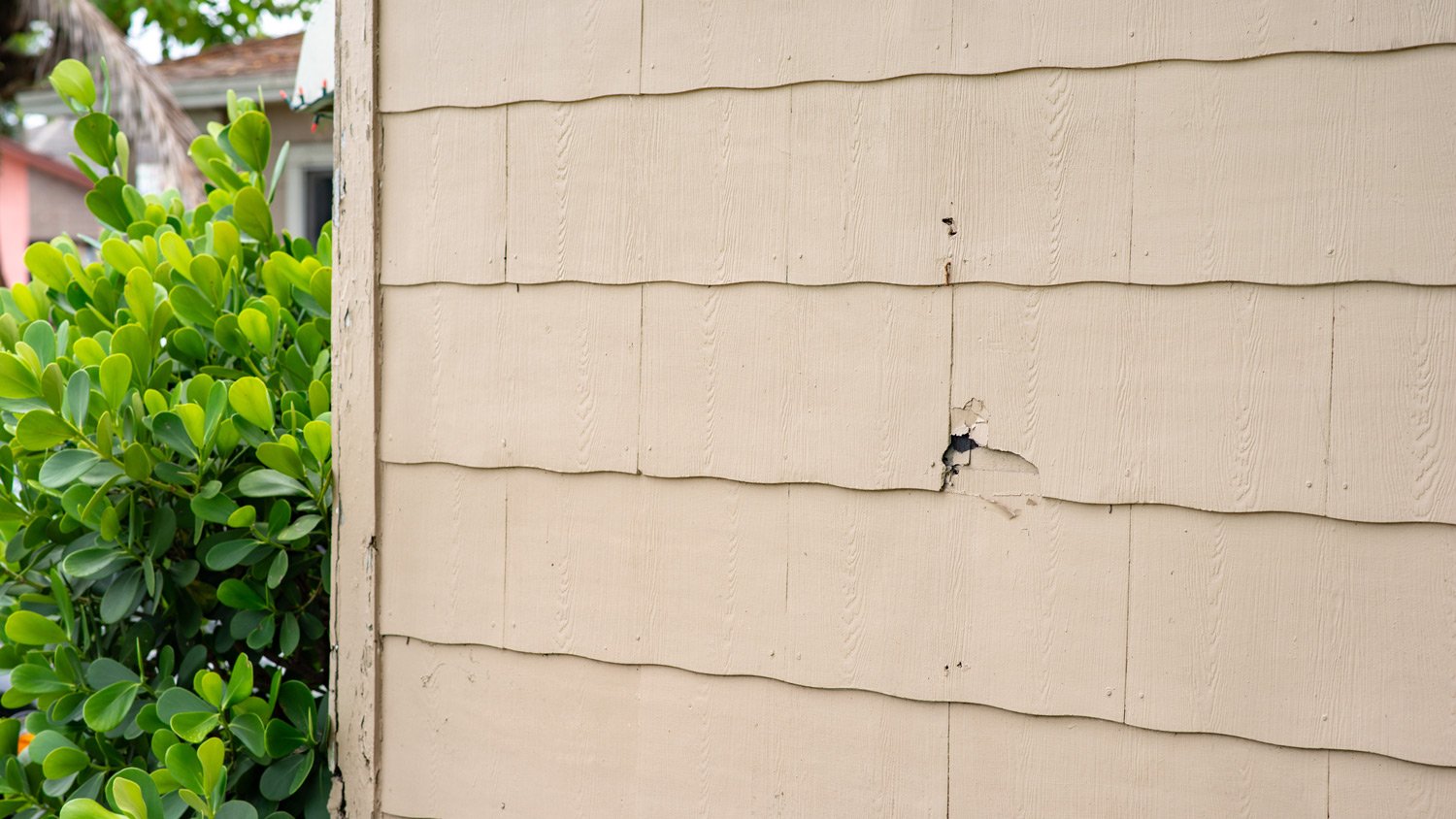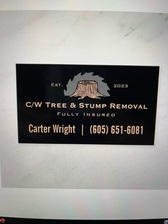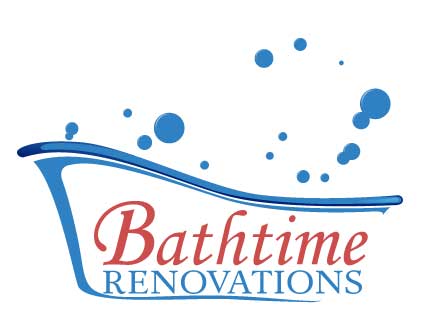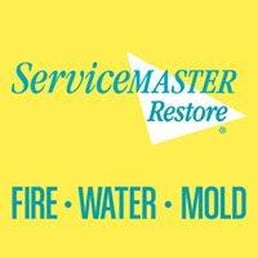
Get matched with top asbestos removal specialists in Kadoka, SD
Enter your ZIP and get matched with up to 5 pros
Need a pro for your asbestos abatement project in Kadoka, SD?
Verified Reviews for Asbestos Abatement pros in Kadoka, SD
*The Angi rating for Asbestos Abatement companies in Kadoka, SD is a rating based on verified reviews from our community of homeowners who have used these pros to meet their Asbestos Abatement needs.
*The HomeAdvisor rating for Asbestos Abatement companies in Kadoka, SD is a rating based on verified reviews from our community of homeowners who have used these pros to meet their Asbestos Abatement needs.
Last update on November 23, 2025
Find Asbestos removal specialists in Kadoka
No results for Asbestos removal specialist in
Try adjusting your search criteria.The Kadoka, SD homeowners’ guide to asbestos removal services
From average costs to expert advice, get all the answers you need to get your job done.
 •
•Discover the cost to remove asbestos siding, including average prices, key cost factors, and tips to help homeowners plan a safe and budget-friendly project.

Asbestos removal costs vary based on where it’s located, the size of the job, and if there is any underlying damage. Learn what has the biggest effect on the cost.

The cost of asbestos testing varies based on location, property size, test type, and other factors. Here’s a breakdown of the costs to conduct an asbestos survey.

Planning to renovate an older home? You may need to test it for asbestos first. If so, a pro will likely ask these asbestos questions before testing your house.

If you are wondering what asbestos pipe insulation looks like, you need to watch for a light gray wrap that resembles corrugated cardboard or paper.

Having an asbestos roof isn’t necessarily a hazardous situation. Use this step-by-step guide to learn how to remove an asbestos roof safely.



